Interview Key Social Issue | Circular economy
Aircraft aftermarket business
Contributing to the creation of a circular economy in the aviation industry by promoting the effective utilization of retired aircraft
The aviation industry was heavily impacted by the COVID-19 pandemic, but aircraft demand is growing again now that travel and entry restrictions around the world have been eased or lifted. Moreover, in recent years, airlines all over the world have been focusing on sustainability management to achieve a sustainable society and corporate growth. Against this backdrop, the aircraft aftermarket business, which is one that increases the sustainability of the aircraft life cycle, is gaining traction.
Why has Sumitomo Corporation been focusing on it, and what kind of future does it see for the business? We asked the persons in charge of the aircraft recycling and used aircraft parts businesses of the Commercial Aviation Department about the current status of the business, its future prospects, and their thoughts on the business.
Interviewees
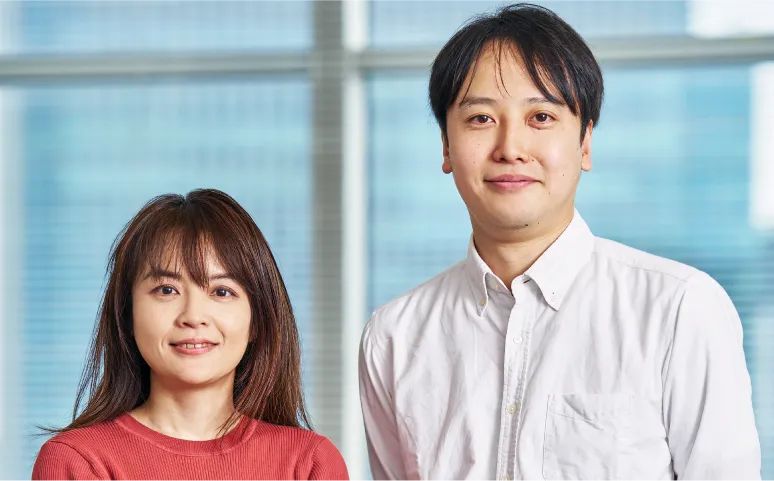
Arisa Tsukamoto
Commercial Aviation Department
Joined the Company in 2006. After working as a representative for the Japanese market regarding aircraft parts and maintenance, repair, and overhaul (MRO), and handling portfolio management of an engine leasing group company, she was involved in the establishment of the Group's material issues at the Corporate Planning & Coordination Department. She is currently involved in the aircraft recycling business at the Commercial Aviation Department.
Toshinori Kondo
Executive Vice President, Werner Aero, LLC
Joined the Company in 2008. After working in the aircraft and engine leasing businesses, he was seconded to an engine leasing company in the Netherlands. He has been involved in the used aircraft parts business since 2020 and was seconded to U.S.-based used aircraft parts group company Werner Aero, LLC in 2022.
Why
Recycling retired aircraft: A serious environmental problem for the aviation industry
The life cycle of an aircraft is 25 to 30 years, and more than 700 aircraft are retired each year. After retirement, many of these aircraft are neglected in a desert area, an “aircraft graveyard,” in the United States. There are many challenges when it comes to recycling retired aircraft, but the need is growing.
Amid these circumstances, global aviation demand is recovering again as the COVID-19 pandemic comes to an end. In addition, recognizing the urgency of reducing CO2 emissions and decarbonizing the aviation industry, airlines are developing and implementing growth strategies based on sustainability management.
With these market factors, there are calls to increase the sustainability of the aircraft life cycle itself.
The Sumitomo Corporation Group is heavily engaged in the aviation business, and we consider it our responsibility to contribute to the development of a circular economy through our aviation business, such as selling the recyclable parts retrieved from retired aircraft and returning metals extracted from the remaining parts in those aircraft to the market as secondary alloys.
What&How
Sumitomo Corporation's aftermarket business
Over the years, by leveraging its global network, Sumitomo Corporation has expanded its aircraft-related business portfolio in terms of scale and scope, while keeping its core focus on the aircraft leasing field. In recent years, we have been focusing on the aftermarket business, which involves the reuse of aircraft parts, with the aim of developing businesses that cover the entire aircraft life cycle.
While the primary lease term for new aircraft in the aircraft leasing business is 5 to 15 years, the useful life of an aircraft is 25 to 30 years. As aircraft remain active long after the primary lease has ended, we are not only focused on the entry point of the aircraft life cycle, or primary leasing, but also on the exit point, or the aftermarket business. This includes the used aircraft parts business, the aircraft recycling business, and the engine MRO business as part of our efforts to develop and promote businesses that will lead to sustainability of the entire aircraft life cycle.
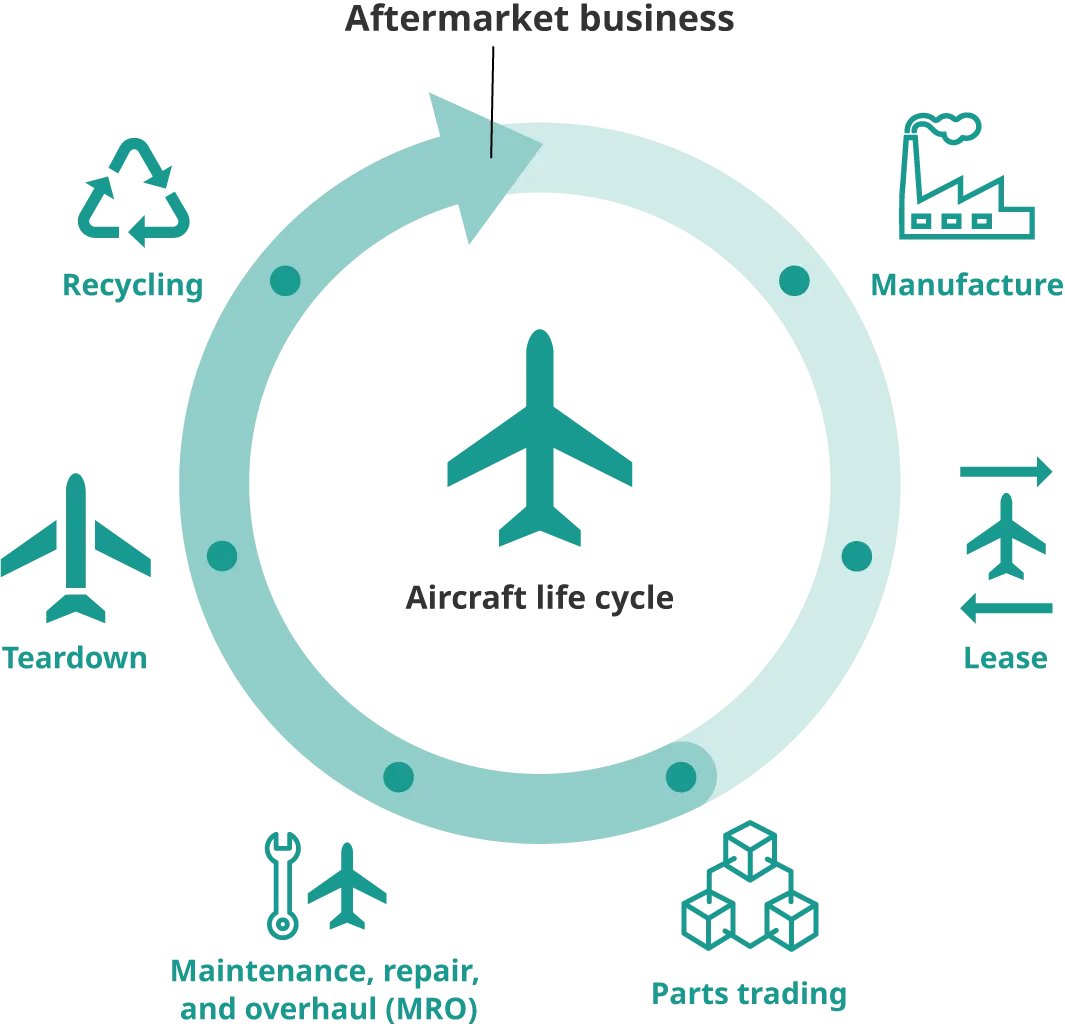
Used aircraft parts business for effective utilization of parts from retired aircraft
There are more than 1,000 parts that can be removed from a retired aircraft and reused. These range from large parts, such as the landing gear and the auxiliary power unit, to the cabin seats and the panels. Our used aircraft parts business repairs and sells such parts. At Sumitomo Corporation, we are working to expand our aftermarket business, and U.S.-based Werner Aero, which we invested in August 2022, plays the central role in this strategy.
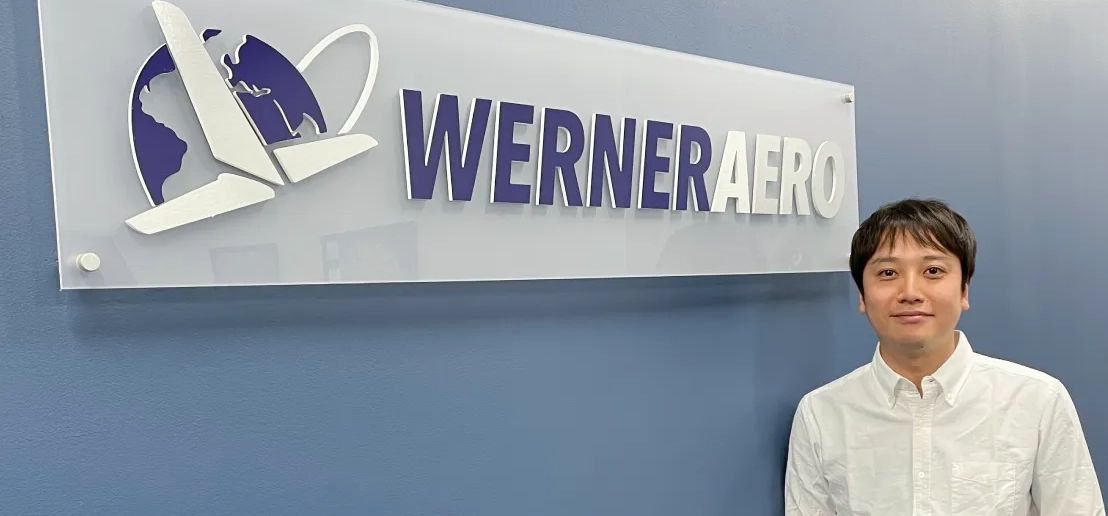
At Werner Aero
Werner Aero has been involved in the used aircraft parts business in the United States for approximately 30 years and has a solid working relationship with many airlines. It also has a high inventory management capacity and strong aircraft procurement and parts sales capabilities. The aircraft aftermarket business is expected to grow steadily, and we plan to further increase the value we create by enhancing our human resources and expanding the volume and types of retired aircraft we procure.
Sumitomo Corporation's growth vision for the used aircraft parts business is to create synergy between this business and our aircraft and engine leasing businesses, while expanding Werner Aero's business with our financing capabilities and expertise. Furthermore, by incorporating peripheral businesses such as aircraft recycling, we seek to become a strong presence in the aircraft aftermarket business.
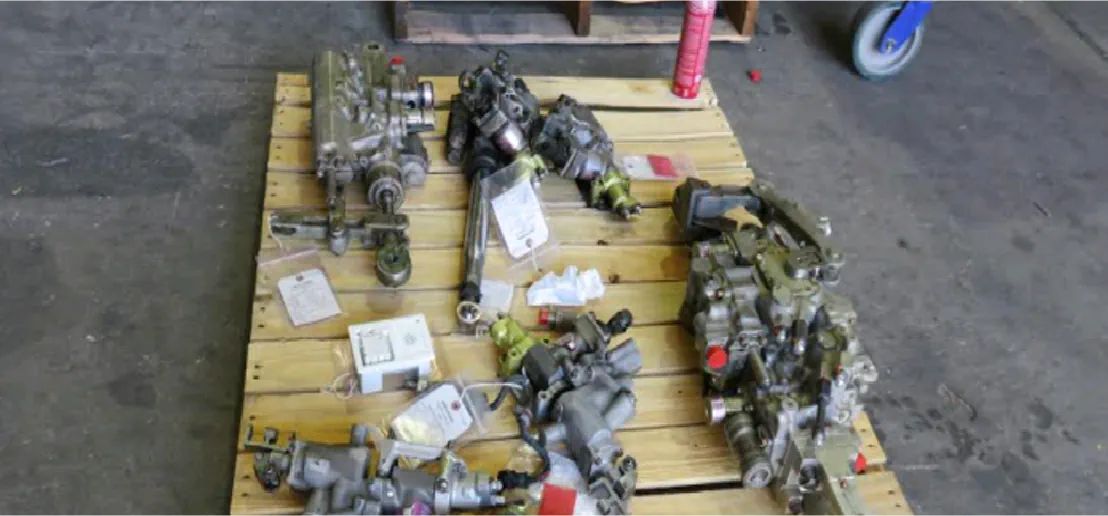
Aircraft parts after dismantling

At Werner Aero

Aircraft parts after dismantling
Engaging in the challenging task of recycling CFRP in the aircraft recycling business
The aircraft recycling business begins after the necessary parts have been removed in the used aircraft parts business. The business involves finely shredding and sorting the remnants of aircraft and then recycling them as secondary metal alloys. At Sumitomo Corporation, we looked into this business opportunity in partnership with Toyotomi Sangyo Co., Ltd., which has the technological capability to recycle 99% of metals, plastics, and other materials in their automobile recycling operations.
Furthermore, Toyotomi Sangyo is the only comprehensive recycling company in Japan that has accreditation from the international Aircraft Fleet Recycling Association (AFRA), which promotes the proper recycling of aircraft. In 2022, Sumitomo Corporation and Toyotomi Sangyo achieved a 96% recycling rate in jointly conducted aircraft recycling trials.
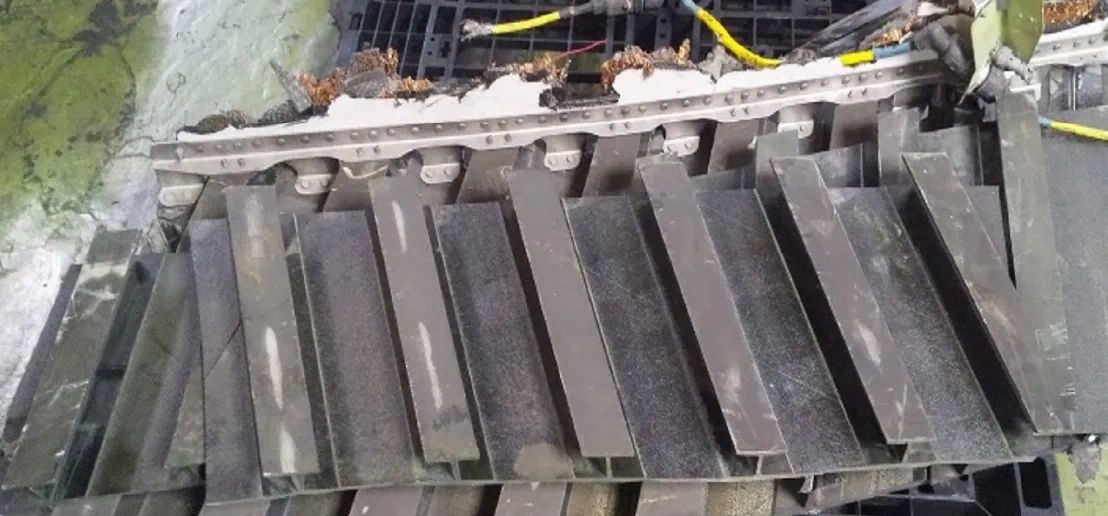
Structural components before incineration
We are also taking on the challenge of recycling carbon fiber reinforced plastic (CFRP), a lightweight and robust special aircraft material that is considered to be particularly difficult to dispose of. While the retirement of aircraft made with more than 50% CFRP will begin around 2035, there is no established method for recycling the material and it is said that the only option will be to bury it. Taking into account the forecast that the amount of disposed CFRP in 2040 will be nearly 10 times the current level, Sumitomo Corporation is focusing on establishing a recycling method in cooperation with its Carbon Department and external partners. We have already confirmed that CFRP can be removed in a sufficiently reusable form in recycling trials using the technology of Carbon Fiber Recycle Industry Co., Ltd. in Gifu, Japan. We will study the secondary market for this recycled CFRP in cooperation with various companies, universities, and research institutions.
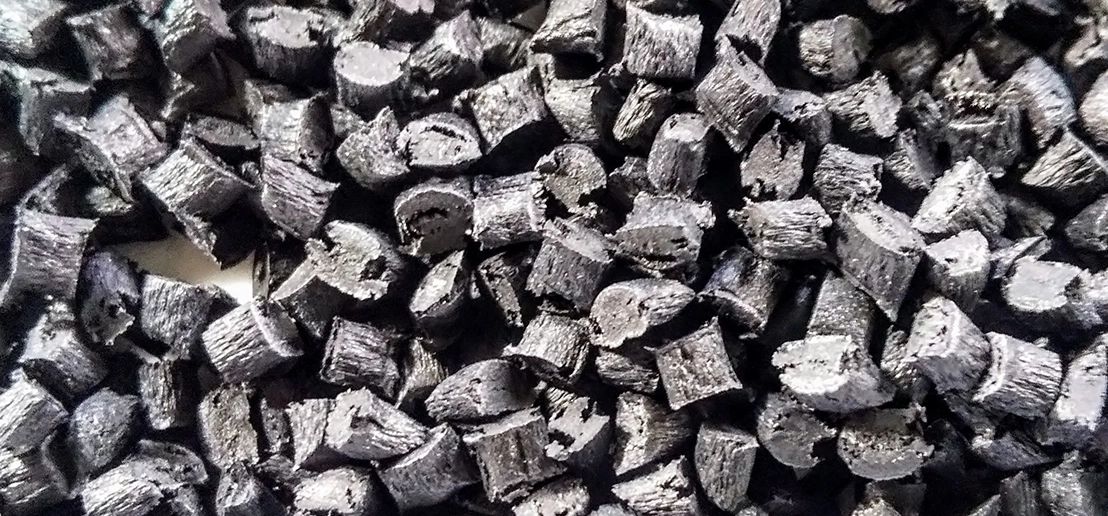
Pellets after incineration and processing

Structural components before incineration

Pellets after incineration and processing
Going forward
Establishing responsible businesses in the aviation industry from the point of entry to exit
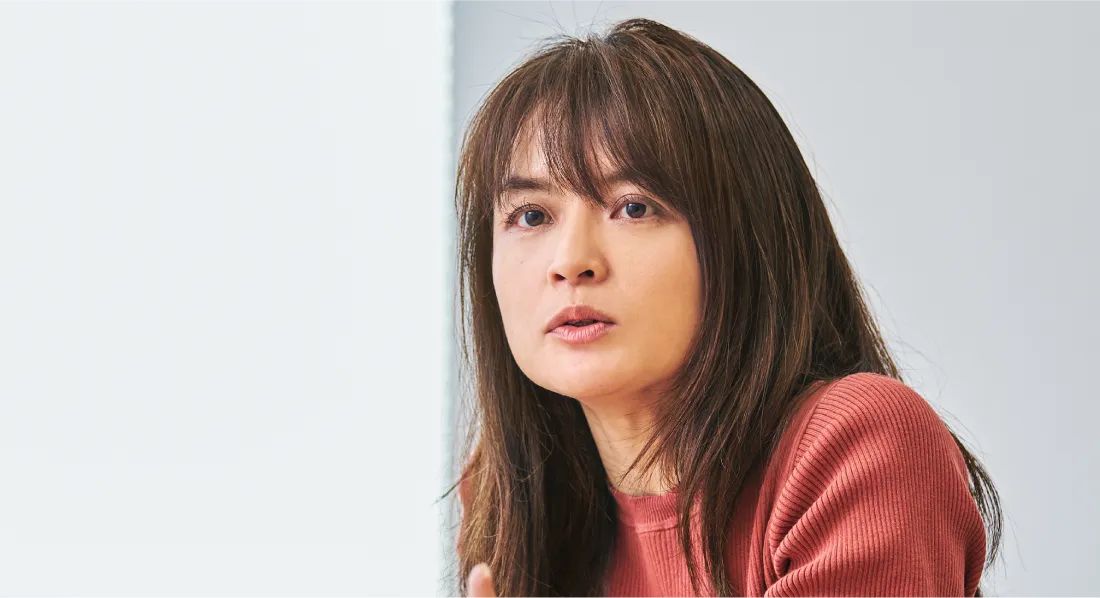
An aircraft graveyard full of decaying planes in the desert is obviously unsustainable. I recognize the tremendous importance of transforming the aviation industry into a sustainable one, and we are working to realize this by leveraging our network of partners' capabilities in proper aircraft recycling alongside Sumitomo Corporation's own capabilities. Moreover, the aircraft aftermarket business is expected to continue growing steadily, and the reuse of parts will provide a large return on investment. For these two reasons, I am excited by the thought that this business will become a major earning pillar if we succeed in commercialization.
I participated in identifying Sumitomo Corporation's material issues when I was in the Corporate Planning & Coordination Department. At the time, however, I was not aware of it enough to tie it into the actual business. Today, there is a growing momentum within the division to encourage ESG investment based on the keyword of “circular economy.” While still ensuring nominal profitability, we can gain recognition of the social significance of the business. I hope to contribute to the establishment of a portfolio that conducts business from entry to exit in the aviation industry with responsibility.
Creating new aftermarket businesses in the aviation industry
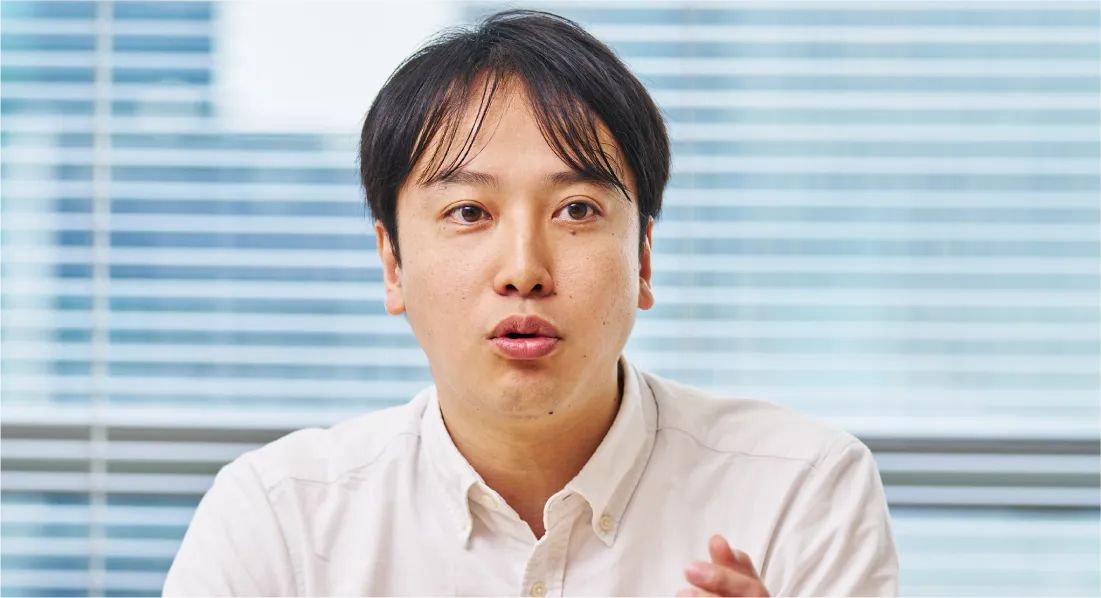
The aviation industry is coming upon a major turning point, and a wide variety of assets and functions are required to adapt to the changes. In particular, aircraft recycling requires broad expertise and networks, including for securing aircraft procurement sources, dismantling and recycling technologies, and knowledge of metals. I feel like this is where Sumitomo Corporation, as an integrated trading company, has its strengths.
I believe the significance of the aircraft business, which helps bring people who are far apart together, lies in its contribution to the happiness and prosperity of people all over the world through the stable supply of aircraft. European and American manufacturers have long led the aviation industry. However, considering the expansion of the aftermarket an opportunity, we will put every effort into the creation of new aftermarket businesses to lead the market as a Japanese company.

